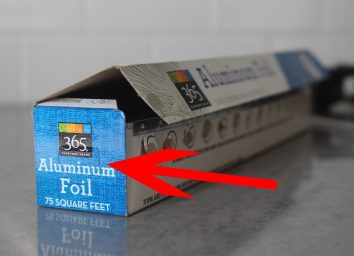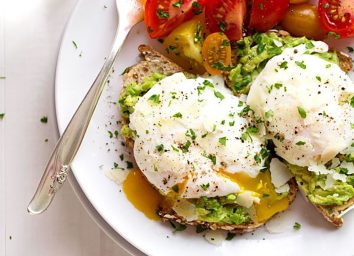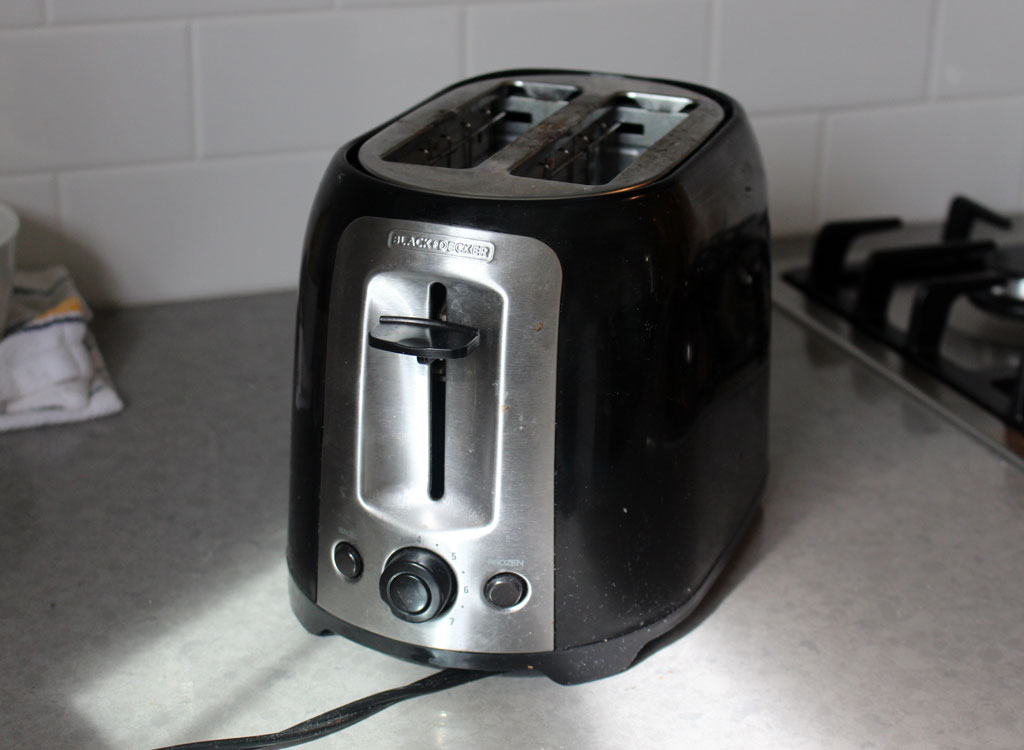
Although your toaster is one of the few kitchen items to earn primo counter real estate, do you actually know how the numbers on this culinary appliance correlate to its toasting magic?
Consider this predicament: You take a slice of freshly-baked bread to a foreign toaster, set it to your tried-and-tested setting of 3 and two dots, and end up with a sad slice of toast that's charred and crumbling. Ever happen to you? If so, you've experienced first-hand how the numbers on your toaster dial obscurely correlate to the level of brownness.
That got us wondering. When you set the dial to "2," what exactly is it two of? Two shades of brown? While you might initially guess the answer is "minutes," that's not necessarily always the case.
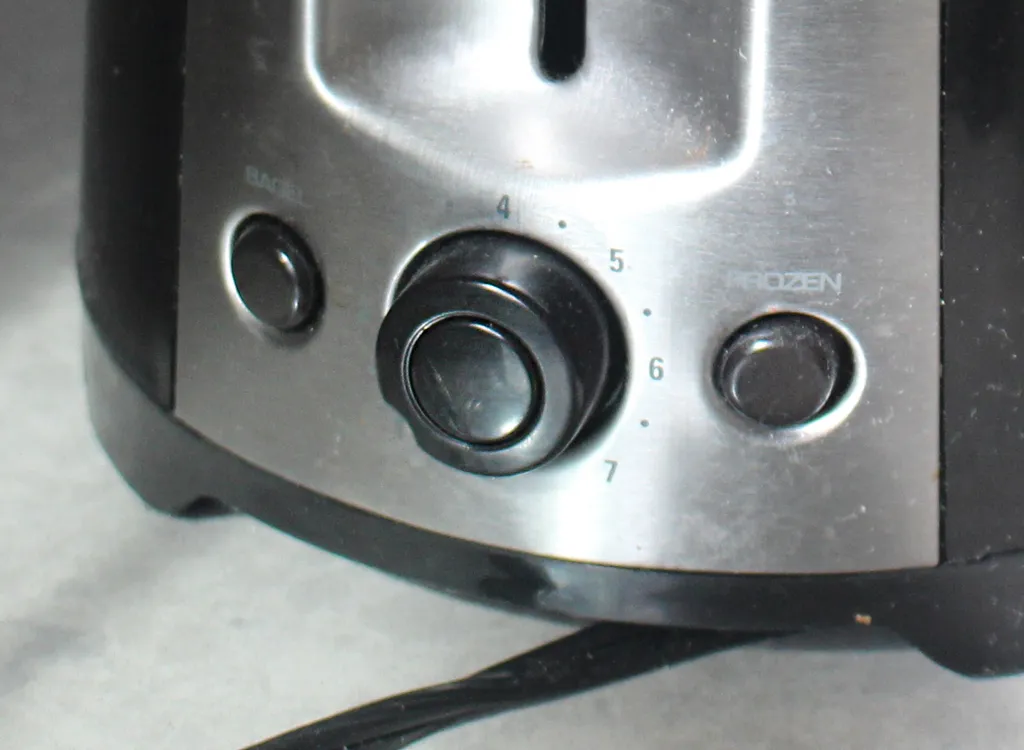
As demonstrated in this YouTube video by Tom Scott, the numbers on a toaster dial only correlated with "minutes" for one of the four toasters tested.
That's because some toasters (typically the more expensive brands) operate on a timer mechanism, whereas others (the cheaper brands) operate on a circuit that times based on heat.
The Types of Toasters
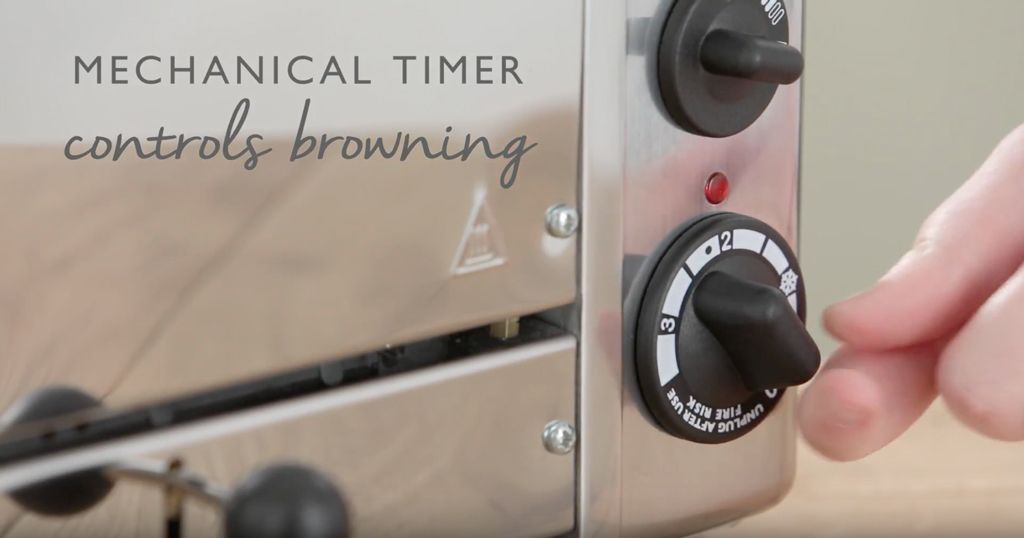
Timer Toasters
If you invested in a $300 toaster, like Dualit, you'll at least have the piece of mind knowing that those numbers on your appliance actually refer to minutes. A mechanical timer is what controls the browning time in toasters like these.
Capacitor Toasters
Most modern toasters use a circuit as a timer. A capacitor is charged and once a specific voltage is reached, the circuit cuts off and your toast pops out the top of the toaster, according to How Stuff Works. In this toaster, the dial changes the resistance, which changes the rate at which the capacitor charges, and this controls how long the timer is set.
Bimetallic Strip Toasters
Older toasters have yet a different toasting method. These models use a bimetallic strip which bends as it heats up. (A bimetallic strip is made up of two types of metal which expand at different rates, which causes the strip to bend when heated.) Pushing the toast lever down connects and starts a circuit. As heat begins to build up in the circuit, the bimetallic strip of metal will start to bend until it no longer connects the circuit, which cuts off the power and pops your toast out.
In this toaster, the dial controls how much electricity goes through this switch. A lower number on the dial equates to a higher current, more heat running through the circuit, which triggers the off switch more quickly, and results in less toasted bread, according to CNET.
Which toaster do you have?
If you actually read your toaster manual, you can get more insight into the mysterious dial that controls your toast color. Black+Decker calls this dial the "Toast shade selector dial," and is thus more likely to be the capacitor-driven toaster. More expensive brands, like Dualit, call it the "timer," so you might be safe in assuming that "2" means two minutes.
Here's the kicker, though.
Even if you determine a tried-and-tested setting on your toaster, and even if you have a timer-based toaster, it won't necessarily result in the same desired toastiness every time. Why?
For starters, toasting depends on the moisture of your bread. Since toasting is a combination of cooking and drying the bread, you'll have to adjust your standard setting based on the moisture composition of your slice (which depends on anything from how old your bread is to the type of grain used—refined or whole wheat).
Additionally, depending on what round of toast you're on, residual heat from your toaster can result in a divergence from the setting norm. With timer-based toasters, this residual heat will cause your bread to toast faster during the same time setting. On the other hand, a pre-heated bimetallic strip toaster will be triggered earlier than intended, resulting in underdone toast. (However, many manufacturers have now made the bimetallic strip measure the heat of the bread rather than the toaster, so this may reduce underdone toast in these models.)
The takeaway?
Whether your toaster functions through a bimetallic strip, a capacitor, or a timer, you're going to have to experiment to see if you prefer a "2" or "4" level of toastiness.
Regardless of if you're a burnt toast buff or a lightly-warmed lover, if you don't have a favorite slice of bread yet, why not check out these healthiest store-bought breads?
